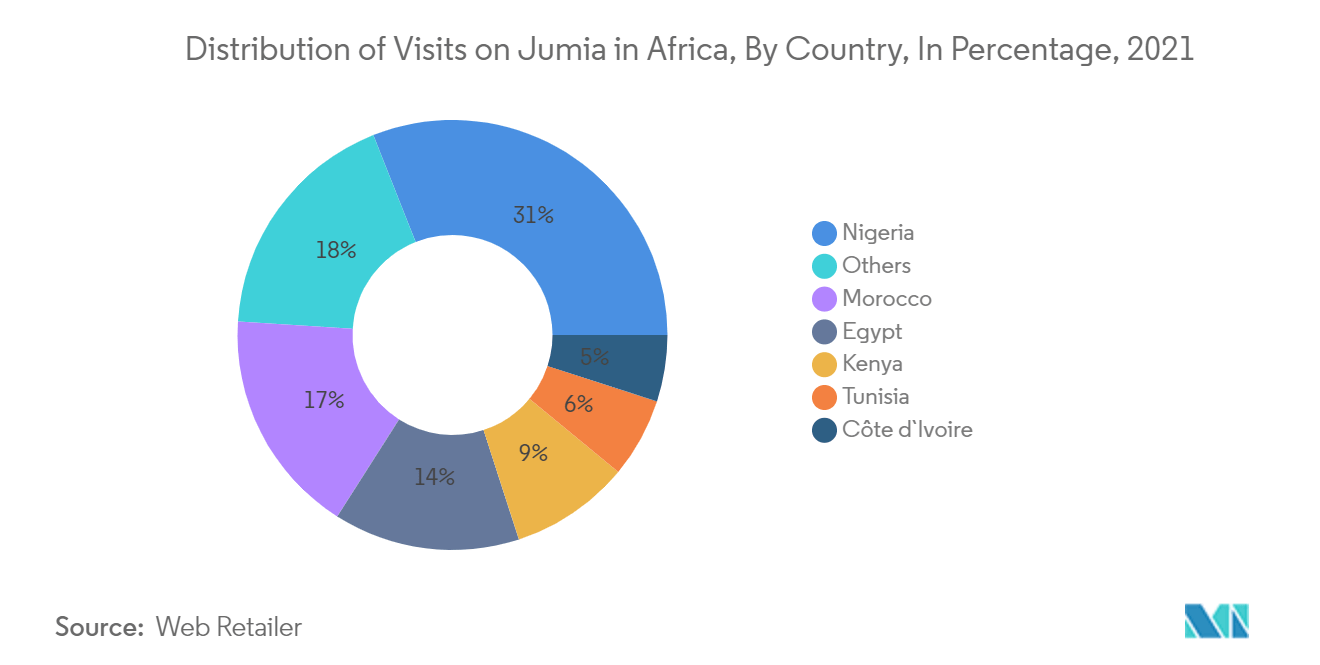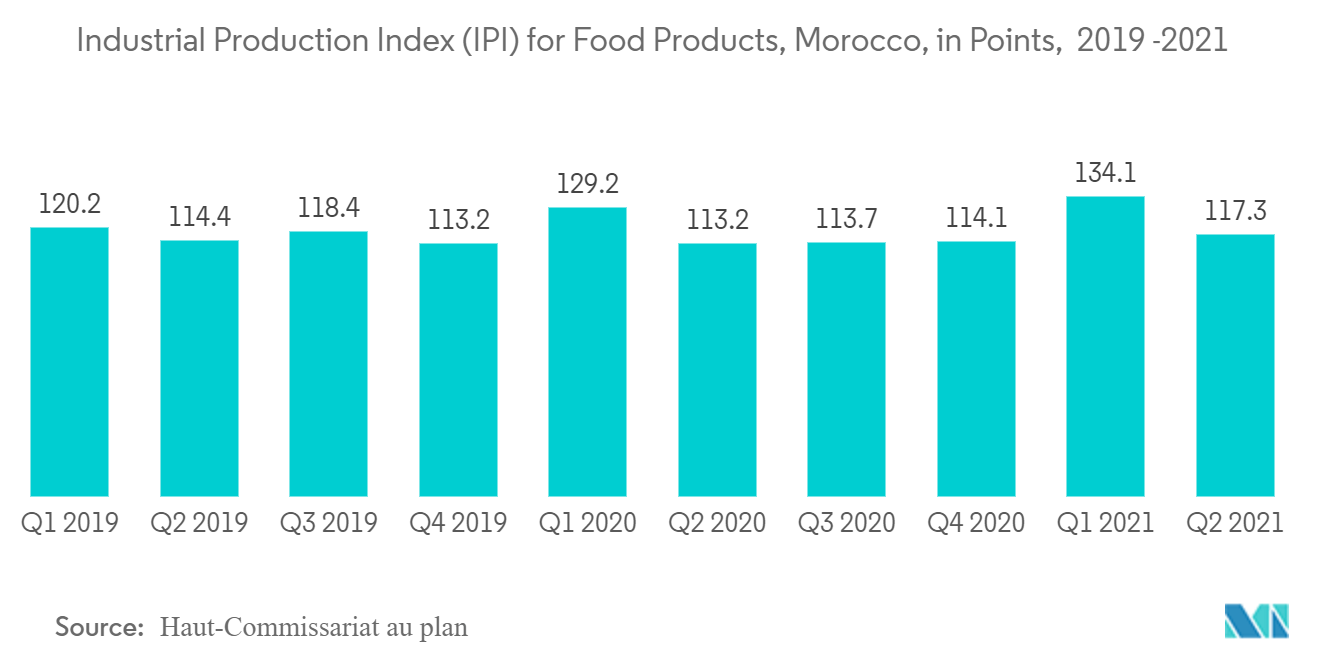Market Trends of Morocco Flexible Packaging Industry
This section covers the major market trends shaping the Morocco Flexible Packaging Market according to our research experts:
Increase in Demand for Convenient Packaging Solution
- The market for flexible packaging is expected to rise due to the trend toward cost-effective packaging in consumer and retail products like food, beverages, and pharmaceuticals. The demand is increasing due to the expanding requirement for portable and practical packaging solutions.
- With increasing urbanization, unstable economies, and globalization, Morocco's food habits are rapidly changing, impacting both urban and rural areas. . Large population segments are drawn to ready-to-eat foods because of their convenience, whether imported or locally manufactured, especially in urban regions. These foods are more widely available and well-liked.
- The most sought-after parameter is that consumers are becoming more cautious about various factors, such as food quality, nutritional value, ingredients, and packaging. For instance, in Morocco, food hygiene and safety are often discussed. Moroccan manufacturers must control their products' quality besides providing evidence of that control.
- In May 2022, Elopak welcomed new locations and team members in Casablanca, Morocco, and Saudi Arabia, in the official celebration of Naturepak Beverage's recent acquisition. Elopak has local manufacturing facilities in Morocco and Saudi Arabia and has expanded its extensive global network to include customers in 70 countries. The acquisition of Naturepak Beverage is part of Elopak's growth strategy and strengthens its position in the highly potential MENA region. The company looks to leverage its strong track record, expanding its geographic footprint and investment in sustainability-focused innovation.
- With robust port access and an ideal road network, Morocco has excellent e-commerce logistics capabilities to leverage to drive flexible packaging growth in the market. An example of a company using Moroccan infrastructure is Jumia. Jumia Morocco owns over 10,000 vendors offering over 8 million products. Jumia has a sizeable Moroccan network with over 500 consumer pickup locations.
- According to the Interbank Electronic Banking Center, in 2020, Moroccan e-commerce websites witnessed a 46% increase in transaction volume and a 25% increase in spending. E-commerce in Morocco continued to grow in 2021, with a 48% increase in transactions and a 30% increase. The rise of online sales channels helps the country to gain momentum toward flexible packaging innovations, mainly in food, beverage, and more applications.

Food Industry Expected to Hold Significant Share
- The food processing industry in Morocco contributes to nearly 6% of the country's GDP. It benefits from first-rate manufacturing facilities, good quality infrastructure, and easy access to markets in the neighboring African nations. Over the medium-term forecast period, Fitch Solutions has indicated a favorable outlook for Morocco's food service market. It anticipated that between 2022 and 2026, nominal household spending on restaurants and hotels (as a stand-in for food services) would increase at a compound annual growth rate of 3.9%.
- Morocco has been working to produce local plastic, metallic, and paperboard packages because the packaging is an integral part of agrifood production and distribution. In June 2022, Morocco's federations in the agrifood and packaging industries agreed to reduce its reliance on imports. Moroccan players in the agrifood and packaging industries banded together to lessen the MAD 8 billion (USD 0.76 billion) burden of imports after being adversely affected by the economic crisis and the rise in raw material prices.
- The increase in prices has prompted Moroccan agrifood federations to increase the sector's integration rate to 39%, up from the current rate of 26%, as stated by the Federation of Forest Industries, Graphic Arts, and Packaging (FIFAGE).
- Market players are increasing their investment, partially supported by the government's initiatives to become a self-sustained food economy. Packaging organizations are poised to witness growth owing to this development. For instance, in May 2022, the largest retailer in Morocco, Retail Holding, and the UAE-based packaging manufacturer HotpackGlobal announced plans to jointly take 80% of the country's packaging market.

